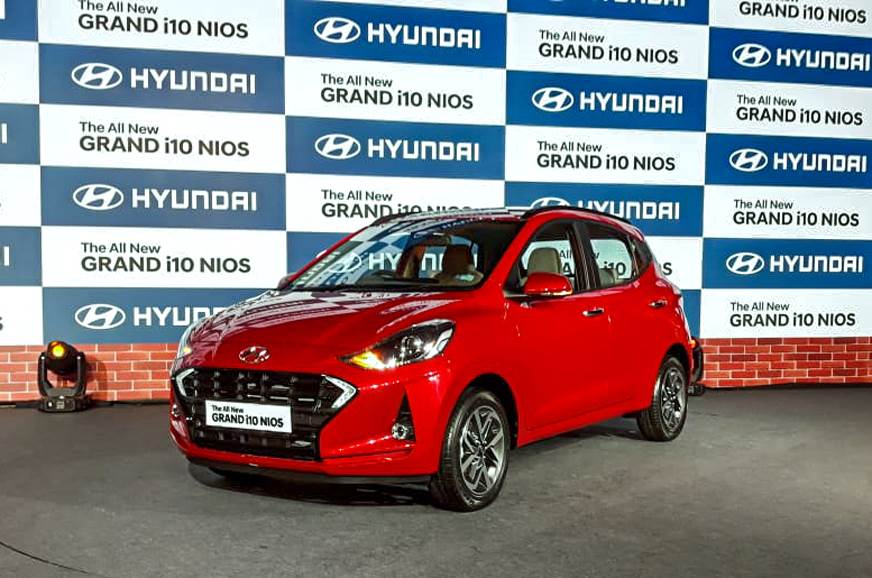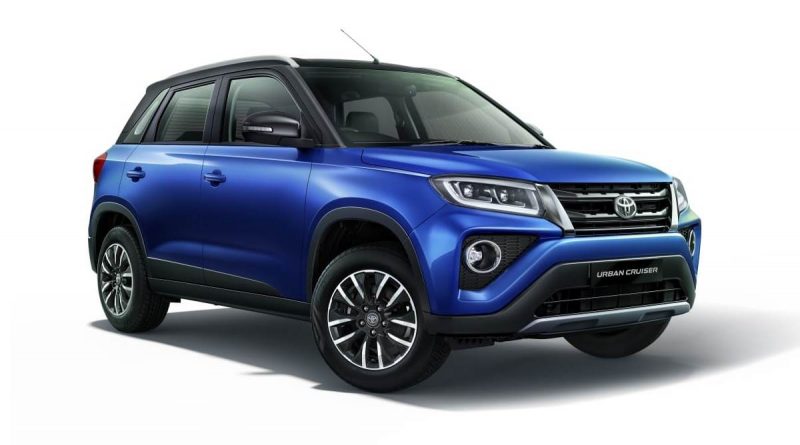
Hyundai has launched what is technically the second-generation Grand i10 hatchback, which the Korean brand has named the Grand i10 Nios, which is available between Rs 4.99-7.99 lakh (ex-showroom). The model will be an addition to Hyundai’s hatchback line-up and will sit between the Grand i10 and the i20.
Offered in a total of 10 variants, which includes four engine-gearbox combinations, starting prices for the Grand i10 Nios are about Rs 1,000 more than the Grand i10, while the top-spec variants are about Rs 36,000 more expensive. Interestingly, the petrol-automatic variants on the new model are about Rs 15,000 less that the Grand i10’s as Hyundai has used a 5-speed AMT instead of a 4-speed torque converter automatic. Here’s a look at the variant-wise prices for the Hyundai Grand i10 Nios.

Keeping in line with Hyundai’s latest offerings, the Grand i10 Nios gets the brand’s ‘cascading grille’ at the front, which is taller and wider than the Santro’s. The model also gets a sculpted bumper along with new projector headlamps (with a follow-me-home function) with LED DRLs and projector fog lamps on the higher-spec variants. The side profile looks similar to the Grand i10, though the new design 15-inch alloy wheels (shod in 175/65 R15 tyres), blacked-out C-pillar, roof rails and shark fin antenna provide the main differentiators. At the back, the hatchback gets new design tail-lights and bumper. The Nios is also larger than the Grand i10 – its 40mm longer, 20mm wider and has a wheelbase that is 15mm longer.
There are six monotone colour options on offer (white, silver, grey, red, blue and teal) along with two dual-tone options – Aqua Teal with a black roof and Polar White with a black roof.
The top-spec Grand i10 Nios Asta variant comes equipped with an 8.0-inch infotainment touchscreen that has Android Auto and Apple CarPlay compatibility, a four-speaker Arkamys sound system, automatic climate control, a 5.3-inch part-digital instrument cluster, wireless charging (a segment-first), a USB charger at the front and a power outlet at the rear, a cooled glove box, a leather-wrapped steering wheel with controls for the audio system, keyless entry with push-button start/stop, rear AC vents, a rear parking camera, electrically adjustable and foldable wing mirrors and a rear wash/wipe. Like the exteriors, the cabin also comes with an optional dual-tone red and teal finish.
Safety-wise, dual airbags, ABS with EBD, seat-belt reminders and rear parking sensors are standard fitment across the range. The Grand i10 Nios is also compliant with upcoming crash test and pedestrian safety norms. Higher-spec variants also get a driver rear view monitor that uses the infotainment system’s display.
The new Grand i10 Nios is powered by a BS6-compliant 1.2-litre petrol motor and a BS4-compliant diesel engine. The U2 CRDi diesel engine is a three-cylinder, turbocharged unit that puts out 75hp and 190Nm of torque; it comes coupled with either a 5-speed manual or a 5-speed AMT (both have an ARAI rated mileage of 26.2kpl). The Kappa petrol engine is a four-cylinder, naturally aspirated motor and Hyundai’s first BS6 motor that produces 83hp and 114Nm of torque. When paired to the 5-speed manual, the petrol motor delivers 20.7kpl while the 5-speed AMT option returns 20.5kpl.
In terms of rivals, the Hyundai Grand i10 Nios will compete against the Maruti Suzuki Swift, Rs 5.14-8.89 lakh. Hyundai offers what it calls a Variable Basic Warranty package with options including 3-year/1 lakh kilomtere or 4-year/50,000km or 5-year/40,000km, along with a roadside assistance pack.
